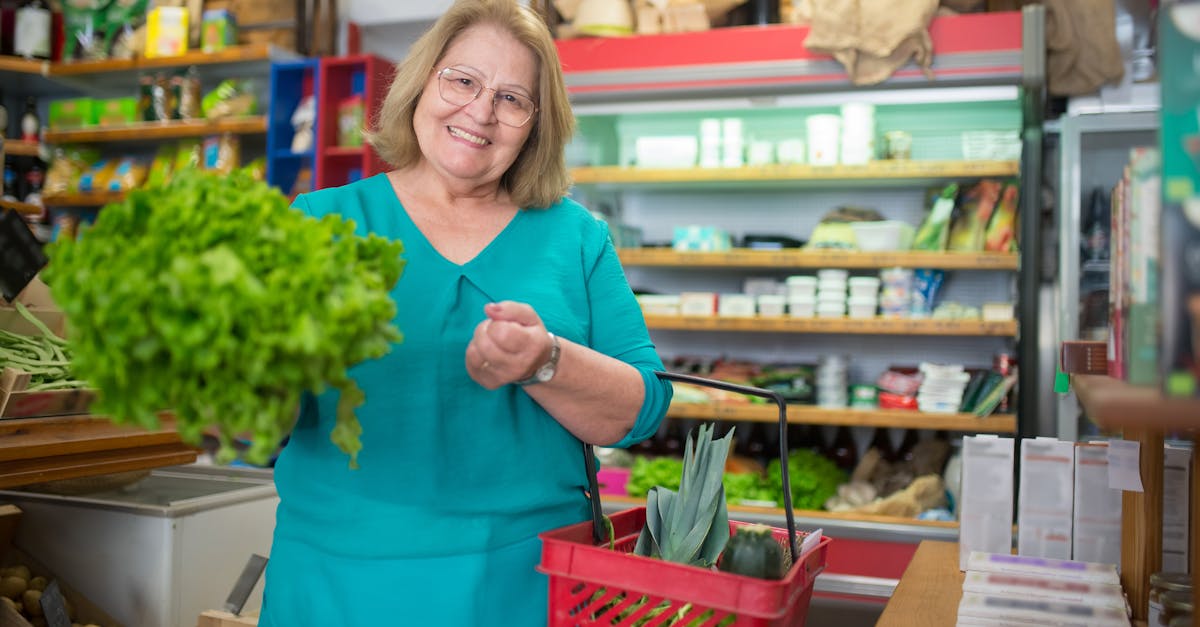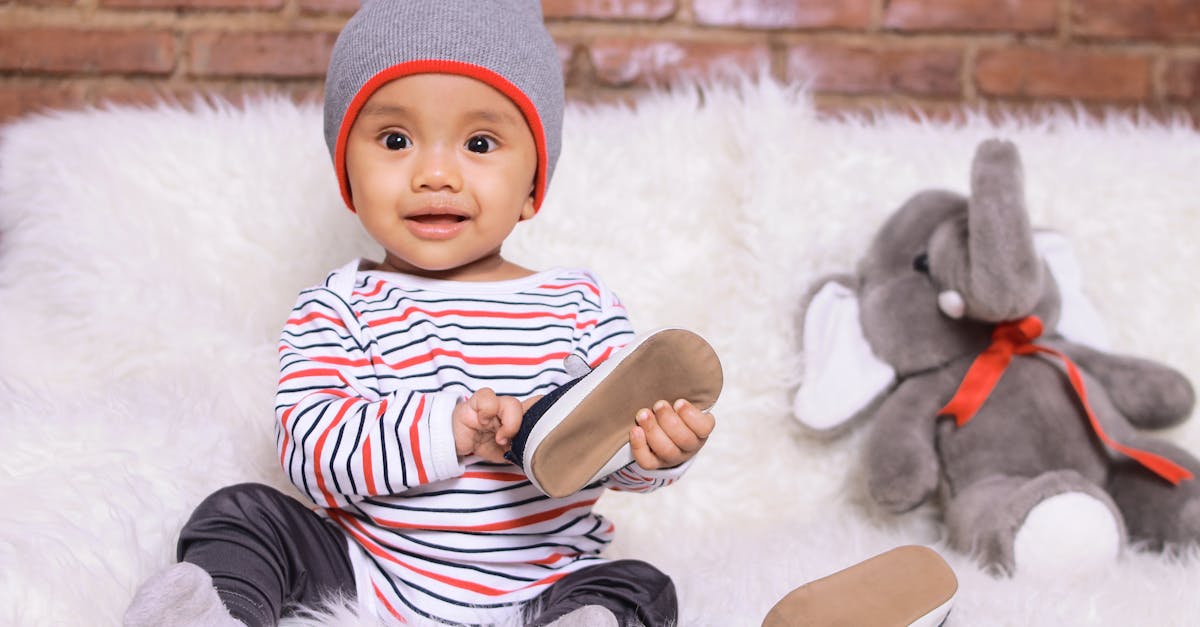Why Patience is a Big Deal for Little Ones
Understanding why patience is essential can help you teach it to your little ones. Kids, especially preschoolers, are naturally impatient. They want everything now! But learning patience is a crucial life skill.
Imagine waiting for your cookies to bake – the heavenly smell, but no immediate reward. That’s tough! Patience teaches kids to delay gratification and manage their emotions. Through patience, a child learns:
- Resilience
- Self-control
- Empathy
Start teaching patience with simple and fun exercises. After all, nothing says ‘big deal’ like when Tommy waits for his turn on the slide without complaints.

Practical Ways to Teach Patience
Use everyday moments to teach patience to your preschooler. For instance, try a short ‘wait game.’ Set a timer for a few minutes and encourage your child to wait for a favorite snack or toy. It’s simple yet effective! Make this exercise routine and cheer them on.
Also, incorporate patience-building activities like puzzles or block play, which require concentration and time. Remember to use clear language: ‘Let’s wait’ or ‘It’s almost our turn.’ These moments provide perfect practice opportunities.
When kids learn they will get their turn, they start embracing waiting wonders.

Praying Together: A Parent’s Guide
Praying with your child is a gentle way to teach patience. It encourages them to trust a process bigger than their impulses. Bedtime provides a perfect setting for this important practice.
Consider whispering a simple prayer about patience together, something like:
‘Dear God, help us wait and listen.’
It’s essential to model attentive, calm prayer habits; children absorb behaviors. Whenever possible, share stories where patience leads to positive outcomes. For example, the tale of Joseph who waited patiently in prison serves as a clear lesson in patience.
Through prayer, children gain a comforting connection that nurtures patience naturally.

Turning Waiting Time into Fun Time
Transform waiting into playtime to build patience. Waiting in line? Turn it into a guessing game: ‘How many blue cars will we see?’ This distracts and teaches them to make waiting more enjoyable.
At home, while cookies bake, engage them in storytelling. ‘Once upon a cookie time…’ They’ll learn imagination makes time fly. For parents, the key is consistency and creativity.
Tips for Making Waiting Fun
- Set up a daily ‘patience challenge’ – their favorite toy forms slowly in a slime or dough game.
- Utilize stories and games to keep them engaged while waiting.
- Make a guessing game out of simple tasks, like counting specific objects.
Remember, routines are magic. Waiting can become a learning experience laced with amusement and life skills.

Handling Emotional Challenges with Humor
Kids often throw tantrums when their patience runs out. Humor can be a fantastic tool here! Picture this: you’re juggling grocery bags and your toddler asks, ‘Are we there yet?’ for the millionth time. Instead of sharing their frustration, announce, ‘Oh no! Our car’s turned into a turtle.’ A little humor eases tension.
Giggle together while describing the turtle’s leisurely pace. Emotional meltdowns are often about feeling misunderstood. Recognize their feelings: ‘I know waiting is hard. I feel frustrated sometimes, too.’
Parents who laugh through teardowns show their children empathy and problem-solving skills.

Invite Your Kids into the Conversation
Make patience an active conversation topic. Kids love feeling included. Ask them how they feel about waiting. Draw parallels they’ll understand: “How do you feel waiting for birthday presents?”
Engage them in stories, letting them choose what characters do when faced with impatience. Foster group discussions if they have siblings or playdates. This interaction is a learning shared journey.
When they see their frustration mirrored in peers, it heightens understanding. Remember, bonding is learning. Sharing feelings teaches patience and helps parents and toddlers navigate emotional landscapes together.

Consistency is Key: The Power of Routine
Integrating patience routines into daily life is a powerful strategy. Over time, these routines shift from being mere tasks to becoming ingrained habits.
Make waiting a natural expectation rather than an exception. Small routines, such as:
- Waiting for a bus
- Practicing patience during mealtime
…present natural learning opportunities for children.
Furthermore, consistency helps to reduce anxiety. Teach your children:
- “We wait before responding” when it comes to phone calls
- “Let’s calm down before speaking” in conversations
Reinforce these lessons with positive praise, such as “You did a great job waiting!” Predictability breeds security, and, as a result, your child will soon associate calmness with security, thereby expanding their comfort zone.
This newfound confidence, born from a consistent routine, harmoniously blends waiting with thriving.

